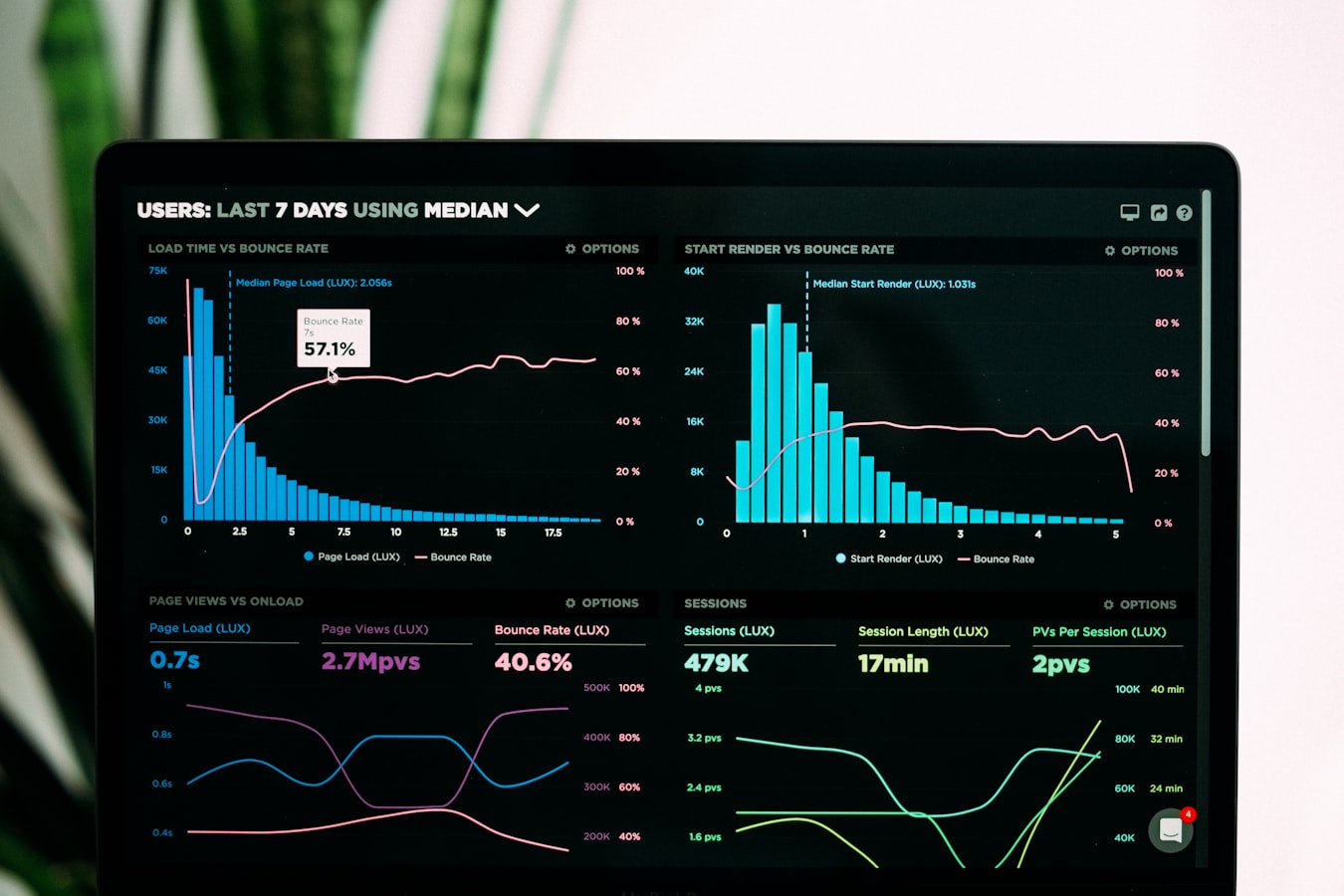Ever wondered what it takes to thrive as a remote UX/UI designer? The digital landscape is evolving rapidly, and with it, the demand for skilled professionals who can create seamless user experiences from anywhere in the world. Whether you’re a freelancer, part of a distributed team, or transitioning to remote work, mastering the right skills is key to success.
📚 Table of Contents
Technical Skills for Remote UX/UI Design
To excel in remote UX/UI design, you need a solid foundation in design principles, wireframing, and prototyping. Proficiency in tools like Figma, Adobe XD, or Sketch is non-negotiable. Additionally, understanding front-end development basics (HTML, CSS, and JavaScript) can give you an edge when collaborating with developers.
Essential Soft Skills
Remote work demands strong communication, time management, and adaptability. Since you won’t be in the same room as your team, clarity in written and verbal communication is crucial. Self-discipline and the ability to work independently while staying aligned with project goals are also vital for remote UX/UI designers.
Must-Have Tools for Remote Collaboration
Working remotely requires leveraging the right tools. Platforms like Slack, Zoom, and Trello help streamline communication and project management. Cloud-based design tools such as Figma or Miro enable real-time collaboration, ensuring seamless teamwork despite geographical distances.
Building a Strong Remote Portfolio
Your portfolio is your gateway to remote opportunities. Showcase projects that highlight your problem-solving skills, user research, and design process. Include case studies that demonstrate your ability to work independently and deliver results in a remote setting.
Conclusion
Remote UX/UI design offers incredible flexibility, but it requires a unique blend of technical expertise, soft skills, and the right tools. By honing these skills and adapting to the remote work environment, you can build a successful career in this dynamic field.


Leave a Reply